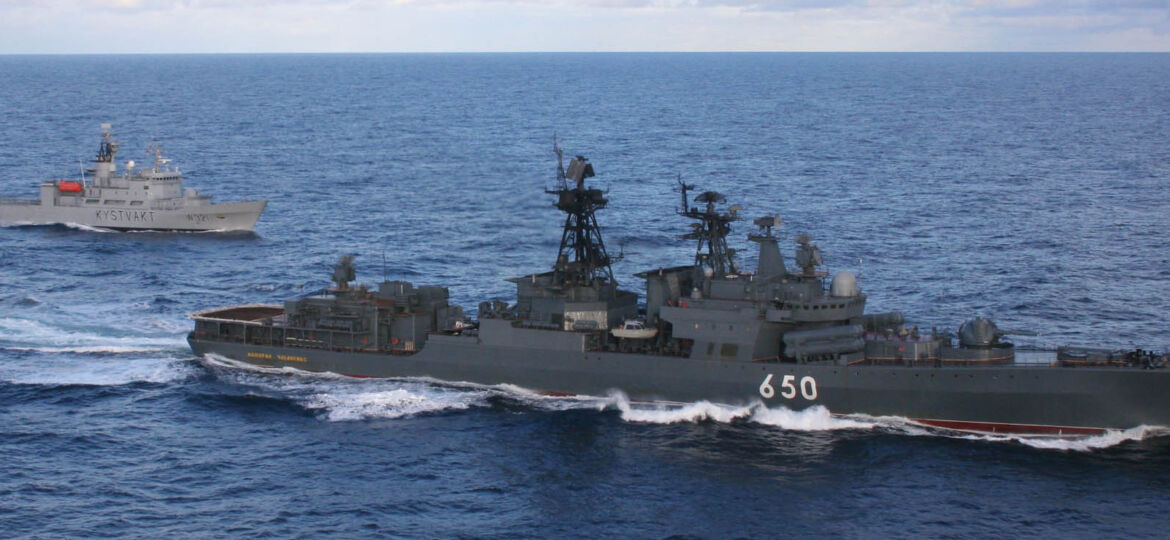
WHY THIS MATTERS IN BRIEF
- Hypersonic weapons have the ability to change the balance of global warfare and render many of today’s defensive weapons systems obsolete
The race to develop unstoppable weapons capable of defeating all of today’s military defence systems is getting much too close for comfort, and as the race to create the next breed of hypersonic weapon systems, and even hypersonic submarines, accelerates so too does the race to stop them, using artificial intelligence (AI), drones, laser weapons, and a rethink by the Pentagon, whose own hypersonic programs went dark a few years ago, topping the bill.
The dangerous game of cat and mouse continues, but who’s the mouse?
Now, according to multiple reports, Russia is expected to begin production its guided 3M22 Zircon, a hypersonic missile with a range of 400 km that will travel 7,400 km/h, or five times the speed of sound, next year.
Putting all of that another way that’s just three minutes and 15 seconds from launch to impact, and according to Stratfor, a global risk consultancy based out of the US, this new guided hypersonic missile system will be more accurate than traditional ballistic missiles. An added bonus though, for Russia that is, who also recently “tested” a 40 ton, nuclear capable, drone submarine off of the East coast of the US, the new Zircon could also, conceivably, be armed with nuclear warheads.
“State tests of the Zircon missile are scheduled for completion in 2017 and the missile’s serial production is planned to be launched next year,” said the Russian news agency TASS. Just last month, Russia’s Interfax news agency citing a source familiar with the Zircon project said the new 5 ton missile is likely to be tested for the first time this spring, earlier than the projected date of 2018, from a “sea based platform.”
Meanwhile it’s also reported that the US Navy is concerned the missile could be fitted to a Russian warship.
The missile uses a new revolutionary scramjet technology to reach its hypersonic speeds where its propulsion is created by forcing air from the atmosphere into its combustor where it mixes with on board fuel – rather than it having to carry both fuel and oxidiser like traditional rockets do. This makes it lighter, and therefore much faster. It doesn’t use fans, rotating turbines or moving parts – just an inlet where air is compressed and a combustor where the air is mixed with fuel, and fewer moving parts also means less chance of mechanical failure.
“The Zircon would be capable of destroying the world’s most advanced warships and aircraft carriers in one strike and could be put into action by 2020,” said a report, and apparently, according to the Strategic Culture Foundation, the Zircon’s new opto-electronic sensing systems will mean that it can trace and detect targets, also at hypersonic speed.
“It will greatly reduce the reaction time that Western military units have to deploy their own defences and countermeasures,” says Tim Ripley, who covers defence issues for Janes Defence Weekly, who then went on to say the Zircon could render Western anti-aircraft defences “obsolete,” and warned that Russia appears far ahead of the US in development.
“In the public domain, the West seems to be quite a long way behind,” he said, “but that doesn’t mean there isn’t some black, super secret project run by DARPA.”
In fact, the US may not be behind at all, but at this point who really knows… according to Stratfor, US General Thomas Masiello announced in late February that the US Air Force plans to have operational prototypes of its own hypersonic missile ready for testing by 2020.
Meanwhile, else where in the world Stratfor forecasts that the US and China will likely have the first operational long range hypersonic missiles in their arsenals by 2025, years ahead of Russia, and India, with Russia, is also working on a hypersonic missile called the BrahMos II which looks like it will use the same scramjet technology as Zircon.
As for myself, all I have to say is imagine what humanity could do if we were all on the same side. Hmmmm… what a crazeee idea.

















[…] Source link […]